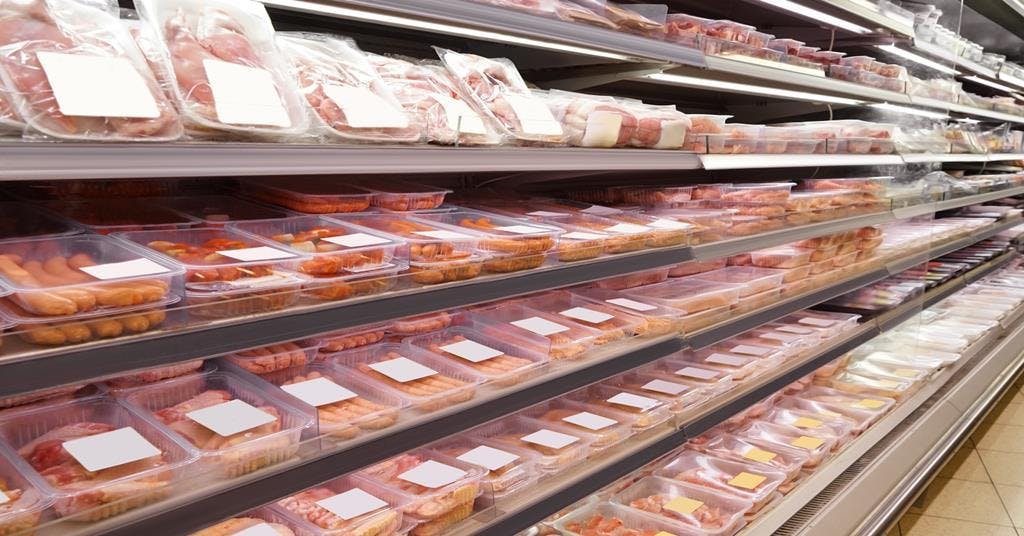
RFID: Exploring the Use of RFID in Grocery
RFID has the potential to unlock significant value to the consumer, the retailer and producers. For example, in retail, the ability to scan shelves of fresh products and identify much faster those items close to or at their expiry date not only improves accuracy but it also transforms productivity and ensures that the shopper is never presented with, or sold an item past its expiry date.
In this meeting, we heard from multiple grocery retailers and their trial results and learnings on the use of RFID, where the focus categories were fresh meat. The full recording is available to retailers, if this is of interest, please send email to colin@ecrloss.com. In the meantime, please see below three takeaways for retailers from the meeting.
#1: Positive In Store Testing Results
Traditional thinking has been that in the presence of water, metal, etc, RFID read rates would be too low to even merit a trial. However, technology advancements persuaded two of the retailers to undertake trials on the fresh meat category. Both were able to demonstrate 95%+ read rates. Success! See video:
Moreover, for store associates RFID can turn a rather boring process of checking date codes into a "treasure hunt" like experience, making the task more enjoyable, fun and most of all, faster.
The trials have also started to illustrate the opportunities for improved supply chain accuracy.
With the costs of tags reducing over time, and with some of the retailers already deploying RFID in the apparel area of the store, the business case may be getting closer.
#2: RFID and 2d / GS1 Data Matrix
To reduce returns fraud, where a customer may steal (say) a dress from the shop floor, and then try and return the dress for a cash refund or credit, M&S have added a 2d data bar code to the products they currently apply RFID, suits, dresses, jeans, etc. This helps them reject those return claims where there is no evidence that the product has been sold through a POS.
This is instructive, and perhaps is a glimpse of how the business case for RFID on (say) fresh meat may evolve, where in addition to an RFID tag, there would be a 2d bar code, which would mean that no product past its expiry date could be sold through the POS.
With the momentum building for 2d, it is important to consider how 2d can be augmented by RFID and vice versa.
#3: Supplier Support
As was pointed out by one of the retailers, in the fresh meat / protein category, each retailer may have over 200 suppliers, some supplying all stores, others maybe one or a few. Many of these suppliers may also supply multiple retailers, some of whom might not invest behind RFID.
So unlike the fashion category, where often the suppliers are exclusive and where the retailer has near total control over the whole supply chain, for example, Decathlon, there will be a greater challenge in grocery to secure supplier support from EVERY supplier.
What we did hear from some retailers is that they are trialling RFID in their in-store produced departments, such as bakery, butchery, etc. RFID in these production categories will help them track date codes more efficiently, and with 2d, help prevent sales via POS of items beyond their expiry date.
We are planning an update on April 24th 2025, click here to register for this meeting.
Finally, see below the interview with Professor Adrian Beck who shares his key takeaways from the meeting.
Jun 29, 2024
Main office
ECR Community a.s.b.l
Upcoming Meetings
Join Our Mailing List
Subscribe© 2023 ECR Retails Loss. All Rights Reserved|Privacy Policy
